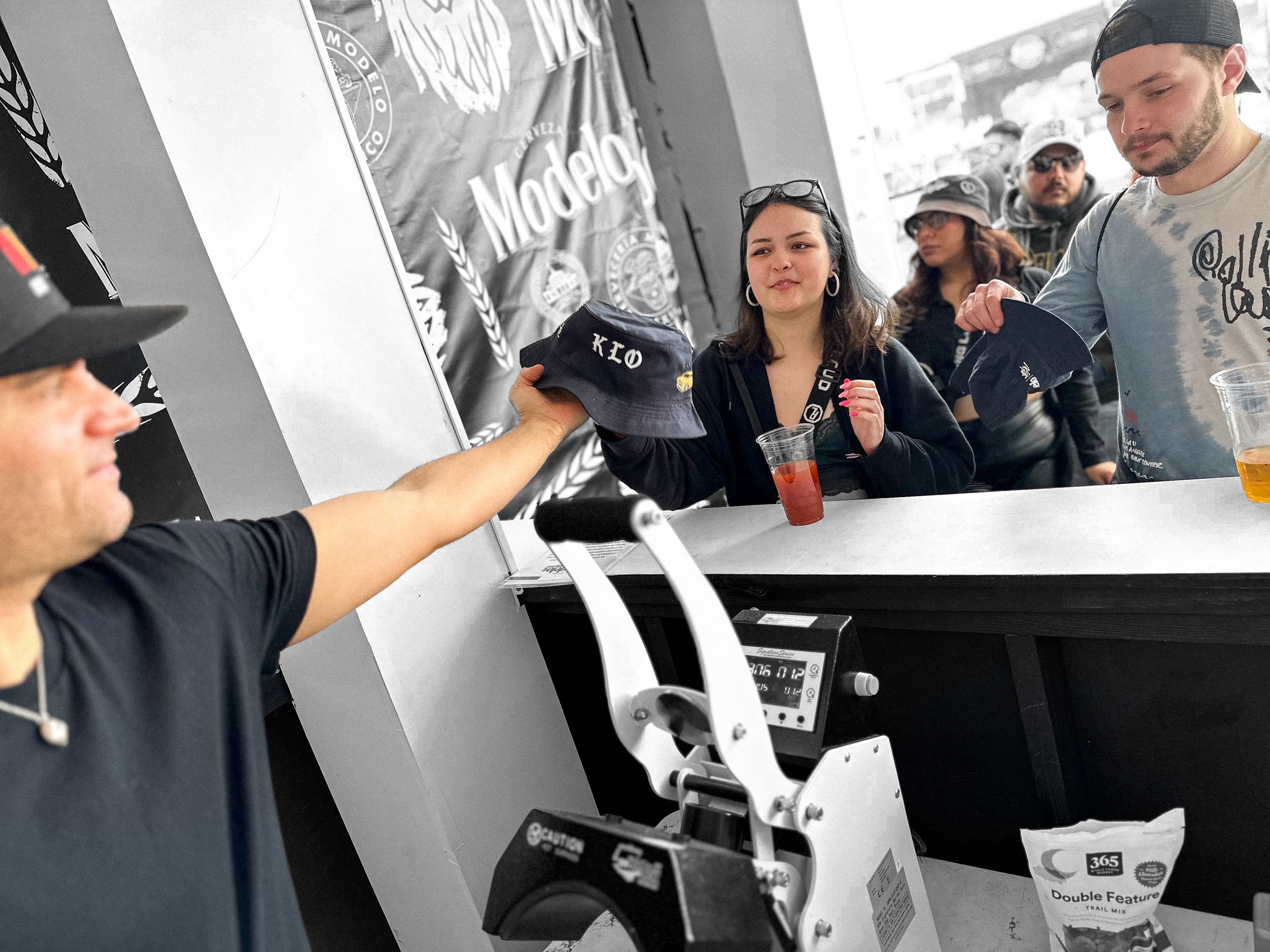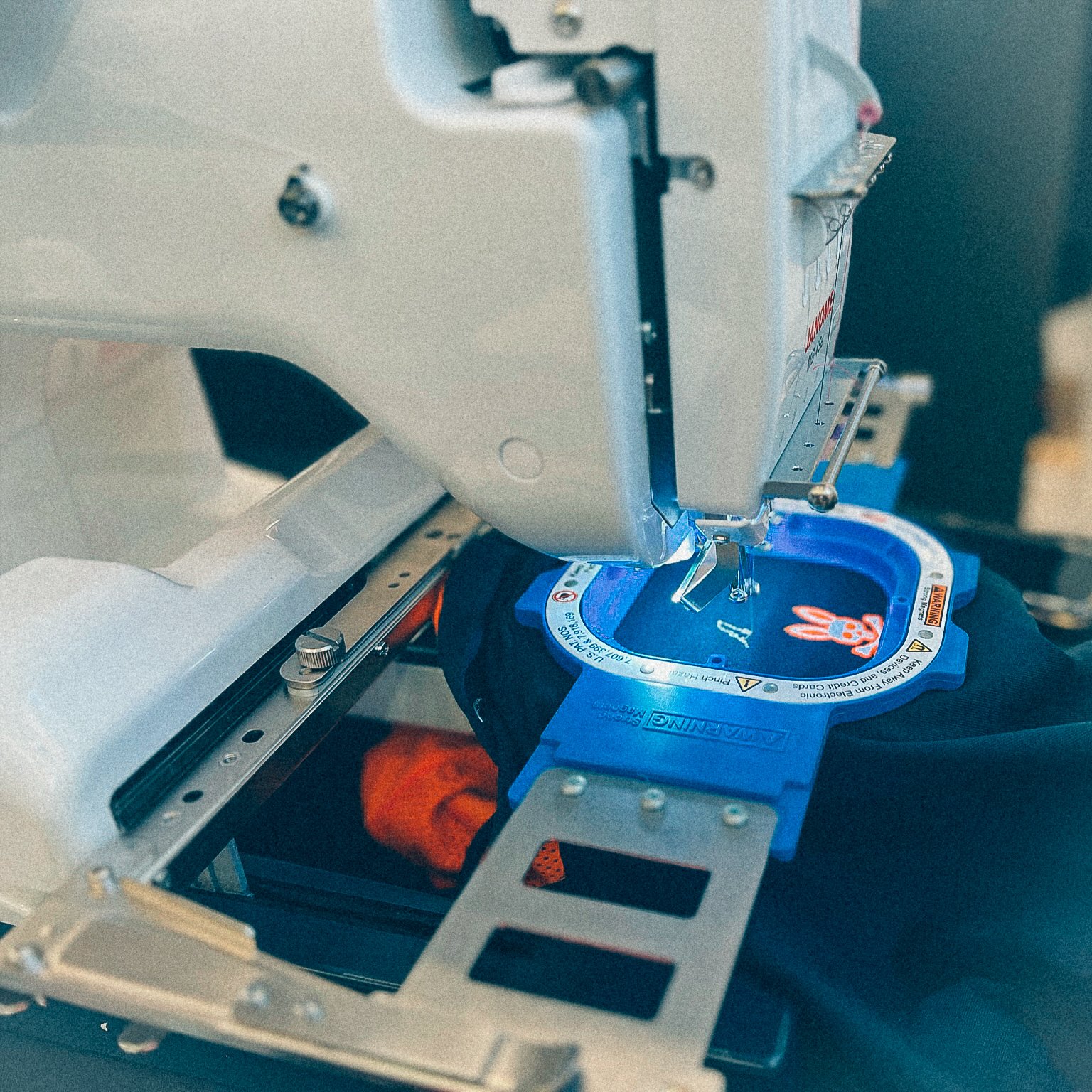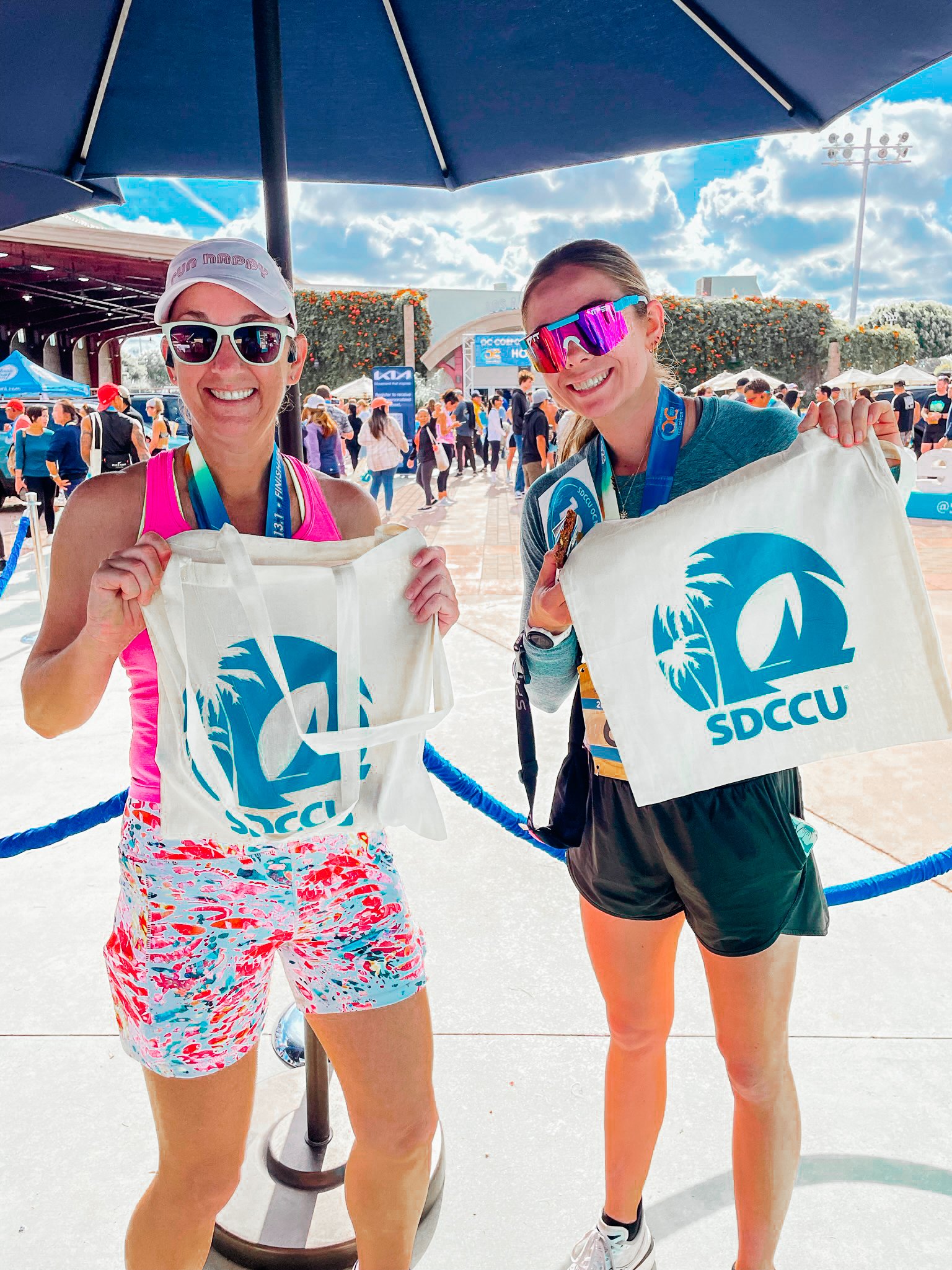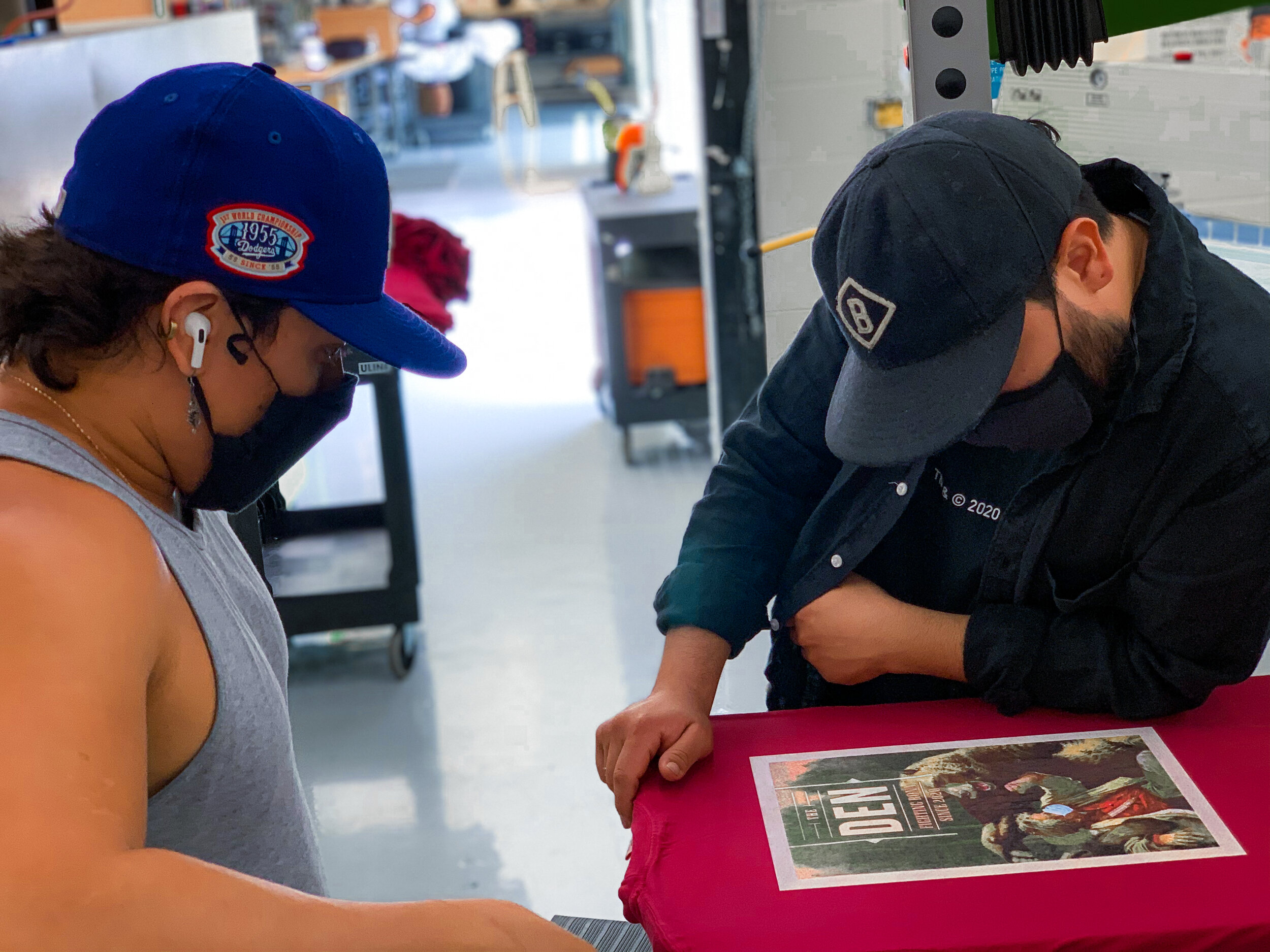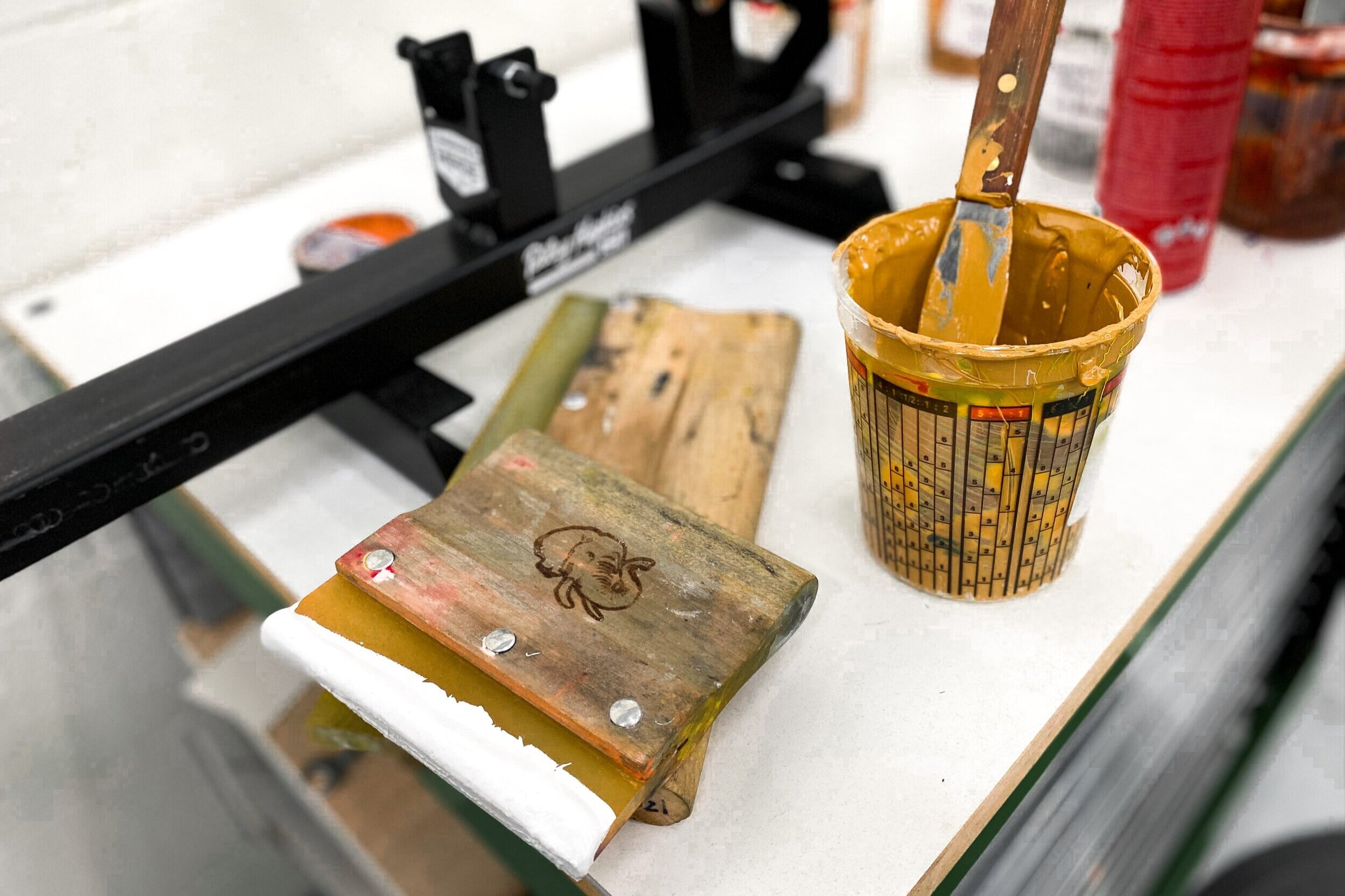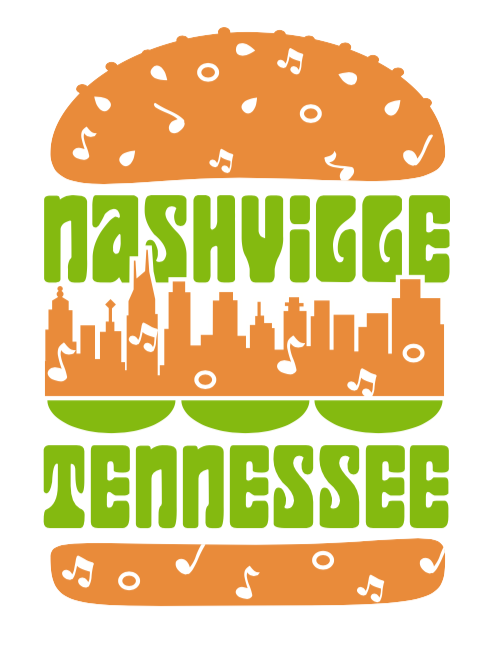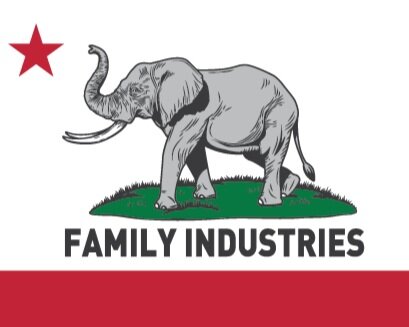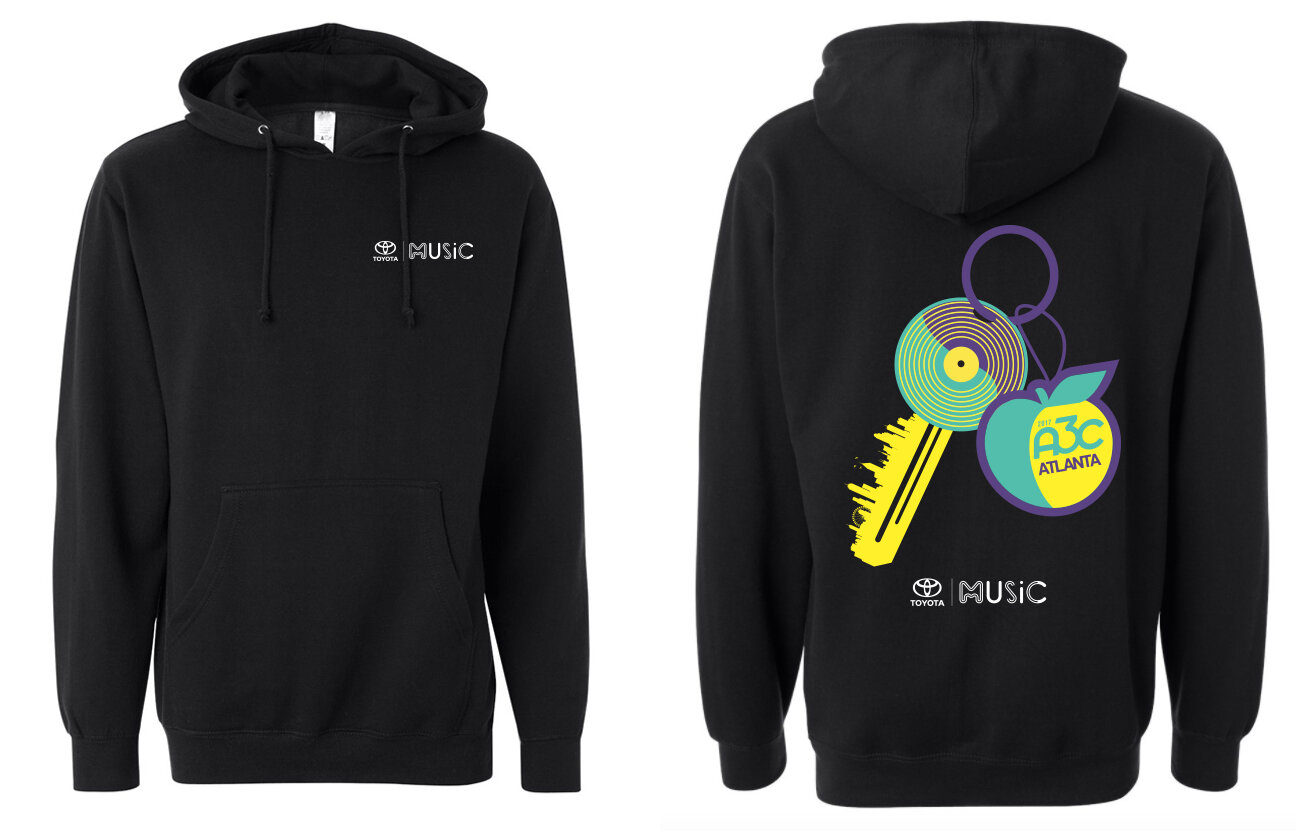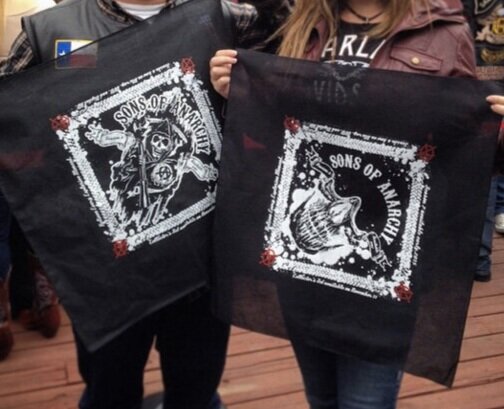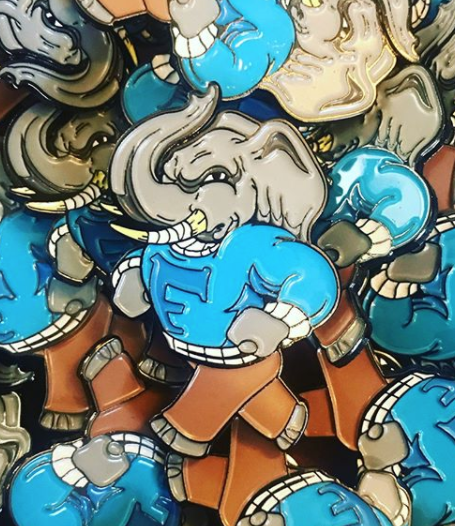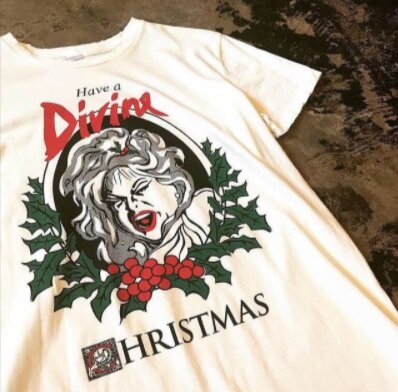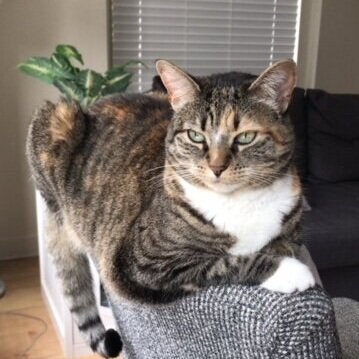In today's competitive market, the efficiency of merchandise production can significantly impact a brand's ability to engage with its audience and maximize revenue. For bands and businesses alike, streamlined merch production processes not only reduce costs but also enhance product quality and speed to market, which are crucial for maintaining consumer interest and satisfaction. This guide explores how refining these processes can lead to more impactful merchandise and a stronger connection with your audience.
Efficient merch production involves optimizing each step from design to delivery to ensure that products are created and distributed quickly without compromising on quality. Streamlining these processes allows brands to respond rapidly to market trends and consumer demands, which is particularly important in the fast-paced industry of band merchandising and business promotions. This alignment between production efficiency and market demand not only bolsters profitability but also reinforces brand reliability and customer loyalty.
Understanding Your Production Needs and Goals
Defining clear production goals is the first step in streamlining merchandise production. It’s essential for brands to understand not just what they want to produce, but why, and for whom. Setting specific, measurable goals related to production output, timelines, and quality standards helps in aligning your operations with your business objectives. This clarity ensures that the entire production process is geared toward fulfilling your brand’s unique merchandising needs.
Understanding the specific needs of different types of merchandise is also crucial. For example, the production demands for delicate, high-end band t-shirts are vastly different from those of standard promotional pens. Each product may require different materials, production techniques, and timelines. Therefore, having a deep understanding of these requirements allows for more precise planning and execution, reducing waste and inefficiencies.
This deep dive into production needs must be an ongoing process. Regularly revisiting and revising production goals based on sales data, customer feedback, and market trends ensures that your merchandise strategy remains agile and responsive to changing consumer preferences. This adaptability can be a significant competitive advantage in the dynamic market landscapes of music and business merchandising.
Choosing the Right Production Partners
Selecting the right production partners is critical to ensuring the quality and efficiency of your merchandise production. The ideal merch manufacturers and suppliers understand your brand’s needs and are committed to upholding your quality standards within your desired timelines. It’s important to choose partners with a proven track record of reliability and excellent communication, as this can significantly affect the smoothness of your production cycle.
Establishing strong relationships with your suppliers can also lead to better pricing, priority treatment, and quicker problem resolution, which are invaluable benefits in fast-paced production environments. Consider conducting regular visits and audits to ensure that the manufacturing processes align with your expectations and quality standards. These practices help in building a mutually beneficial relationship where both parties are invested in the product's success.
Implementing Technology in Merch Production
The integration of advanced technologies such as automation and digital printing has revolutionized merchandise production. Automation in manufacturing processes can significantly reduce labor costs and production time while maintaining, or even improving, product quality. For instance, automated screen printing machines for t-shirts can produce large volumes quickly and consistently, allowing for faster order fulfillment and reduced human error.
Digital printing technology offers flexibility in customizing designs without the need for extensive setup, making it ideal for producing limited edition merchandise or items with a wide variety of designs. This technology enables brands to offer personalized products or short-run items at a reasonable cost, enhancing customer satisfaction and allowing for dynamic market responses.
Also, leveraging technologies like ERP (Enterprise Resource Planning) systems can streamline production management by integrating various business processes from inventory control to order processing and customer relations. This holistic view of operations enables more informed decision-making and better coordination among different departments, crucial for timely and efficient merchandise production.
Inventory Management: Balancing Demand and Supply
Effective inventory management is key to successful merch production, ensuring that the supply meets demand without excessive overproduction or stock shortages. Implementing just-in-time (JIT) inventory systems can minimize costs and reduce storage needs by receiving goods only as they are needed in the production process. This approach not only cuts down on holding costs but also reduces the risk of spoilage or obsolescence of raw materials and finished goods.
However, JIT requires accurate demand forecasting and reliable suppliers. Brands should invest in advanced forecasting tools that use historical sales data, seasonal trends, and market analysis to predict customer demand accurately. This information allows for more precise production planning and inventory control, ensuring that products are available when consumers want them without overburdening storage facilities.
Moreover, regular audits and reviews of inventory levels help in identifying any issues like underperforming products or supply chain inefficiencies early. By addressing these issues promptly, brands can maintain a lean inventory that meets consumer needs while keeping costs down. This balance is critical for maintaining profitability and operational efficiency in merchandise production.
Sustainable Practices in Merch Production
Adopting sustainable practices in merch production is becoming increasingly important as consumers become more environmentally conscious. Using eco-friendly merch materials and processes can not only reduce your brand’s environmental footprint but also enhance your brand image and appeal to a broader audience. For example, sourcing organic cotton for apparel or using recycled materials for promotional items can differentiate your products in a crowded market.
Implementing green manufacturing processes also involves reducing waste, conserving energy, and minimizing water usage, which not only helps the planet but also reduces costs. These savings can then be passed on to customers or reinvested in the business to further enhance product offerings. Additionally, promoting your commitment to sustainability can strengthen customer loyalty, as more consumers prefer to support brands that align with their values.
Monitoring and Optimizing the Production Process
Continuous monitoring and optimization of the production process are essential for maintaining efficiency and quality in merch production. Using real-time monitoring tools and dashboards can provide immediate insights into production metrics, allowing managers to identify bottlenecks or inefficiencies as they occur. This proactive approach enables quick adjustments, ensuring that production goals are met without compromise.
Regularly analyzing production data also helps in identifying trends and patterns that could indicate potential issues or opportunities for improvement. For instance, if certain products consistently miss production deadlines, it may indicate a need for process reevaluation or additional resources. Conversely, detecting processes that consistently outperform can provide lessons that can be applied across the board to enhance overall productivity.
Optimization also involves regular training and development for staff to ensure they are up-to-date with the latest production techniques and technologies. Investing in your workforce is just as important as upgrading your machinery or software systems. A skilled and knowledgeable team is crucial for implementing complex production processes effectively and can be a significant asset in achieving your production goals.
Conclusion
Streamlining your merchandise production is crucial for ensuring timely delivery and maximizing the impact of your products. By setting clear production goals, choosing the right partners, leveraging technology, managing inventory effectively, adopting sustainable practices, and continuously monitoring and optimizing processes, brands can achieve a production flow that not only meets demand but also enhances customer satisfaction and loyalty.
The strategies outlined in this guide are designed to help bands and businesses alike navigate the complexities of merchandise production. Implementing these practices will not only improve operational efficiency but also strengthen your brand's market position by consistently delivering high-quality, impactful merchandise. Remember, every piece of merchandise is a reflection of your brand, and by optimizing your production processes, you're ensuring that this reflection is always positive and powerful.
Looking for The Best Merch printer?
send us an e-mail at quotes@familyindustriesla.com, or give us a call at 323.227.1547 and we'd be happy to help.
Our showroom at 2755 Fruitdale Street, Los Angeles, CA 90039 is open by appointment only from 10 am - 4 pm Monday through Friday.
Follow us on Instagram and Facebook
For FAQ, check out our site!
For any inquiries, send us a message!
OR
send us an e-mail at quotes@familyindustriesla.com









